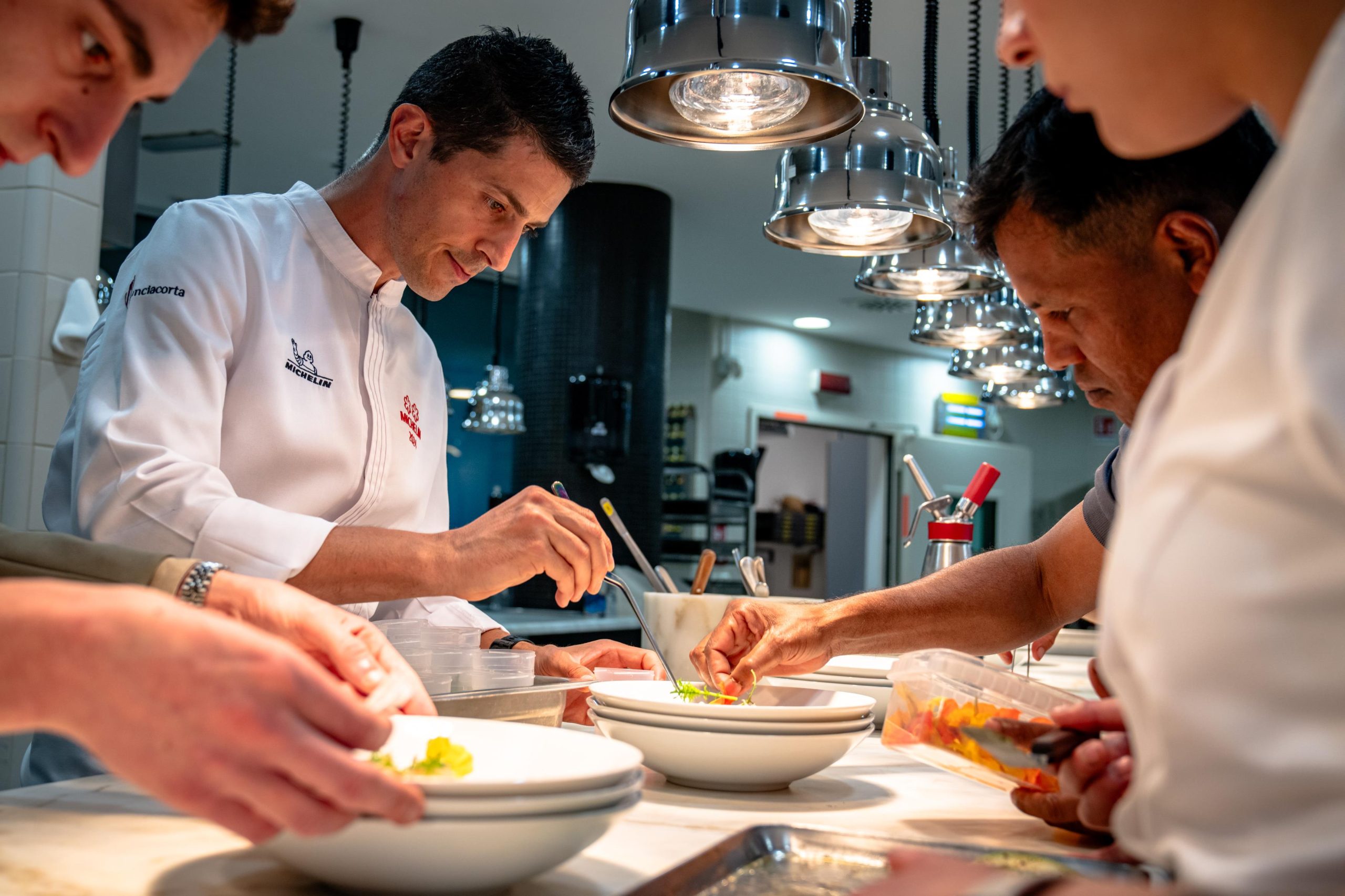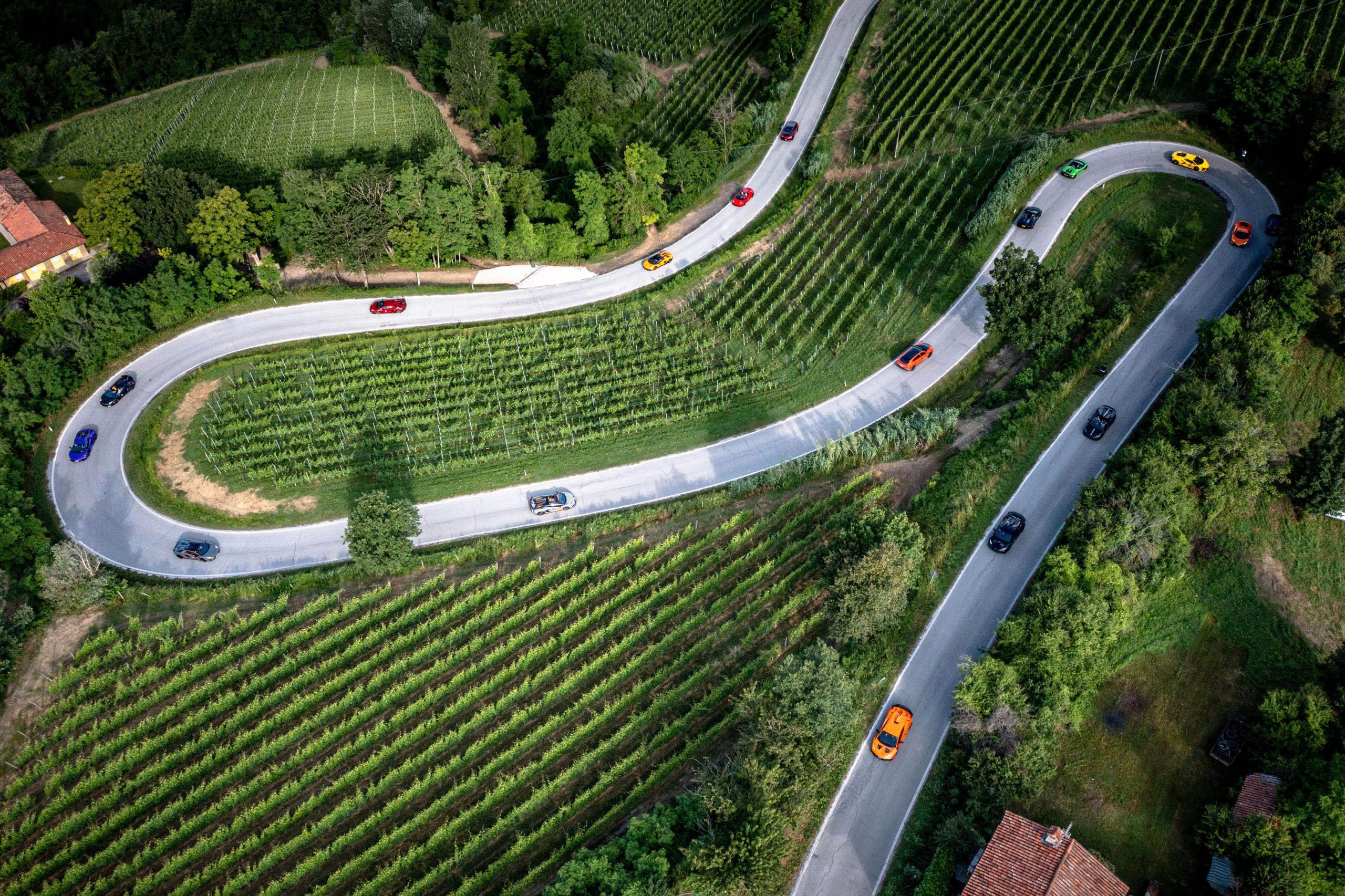How Working From Home Has Changed Employees
They are used to far greater independence. And they may value personal time more.
The employees who return to the office after a year of remote work aren’t the employees their bosses remember.
They have spent over a year adjusting to a radically different rhythm—both in terms of work and their personal lives. They have shifted their working hours, and learned to manage their own tasks without oversight. They may place more value on their family time or personal priorities, and perhaps been forever changed by a loss or health concerns. After a year of working in solitude, many have come to expect more control over how, when and where their work gets done, and to have greater autonomy relative to their managers and organisations.
They may not even feel like they need a whole lot of managing anymore. “Employees are taking on more of the managerial responsibility for their work,” says Holly Birkett, a lecturer at the University of Birmingham in Britain and co-director at the university’s Equal Parenting Project, which surveyed managers and employees during Covid. “They are probably not getting paid any more, but they are feeling more responsibility for getting things done.”
All these changes add up to a challenge for managers, who will need to think differently about how to mentor and coach their team members effectively as they return to the office. Their employees might look like the same people. But rest assured, many aren’t.
Start from scratch
For starters, bosses should consider renewing their relationship with every single employee—even those they’ve managed for years—as if they are starting from scratch.
To that end, they shouldn’t assume what their employees can or can’t do based on what they could or couldn’t do before the pandemic, since they may have acquired new capacities while working from home. Perhaps a junior employee has learned to identify her own tasks and deadlines without the boss laying them out for her; perhaps an arrogant and standoffish sales representative has developed a newly charming phone persona after months of relating long distance or being humbled by pandemic fears.
As a result, it’s best to think about them as fresh hires, asking them how it feels to be back, what they look forward to accomplishing in the months or years ahead, and how they hope to combine home and office time.
Managers might think about treating the initial three to six months after the office reopens as something like a probationary period—not with an eye to firing people, but as a way to assess how employees have grown or changed, and how their own management tactics need to evolve in return.
Taste of independence
Probably the biggest change for managers is that many of their direct reports will have acquired a taste for independence, and a lot less managerial oversight. It isn’t easy to go from a year of freedom to being under the boss’s thumb.
“There is a good chance that those who have been working from home have come to appreciate the autonomy they have gained,” says David Pauleen, a professor in technology management at the School of Management at Massey University in New Zealand, who has studied the work patterns of highly autonomous remote workers. “Some employees might bristle if this management trust in employee capabilities to work more autonomously suddenly ceased.”
Bosses who are nervous about allowing in-office employees the same kind of autonomy they enjoyed at home should pause and remember what they observed during the pandemic. That is, more productive workers. Sarah Forbes, co-director of the Equal Parenting Project, says that “against managers’ expectations, the majority of employees can be trusted to work flexibly, and employees are more productive.” By stepping back, she says, “managers were getting better results.”
Along with acquiring more autonomy over how their work gets done, the past year saw many employees get more control over when their work gets done. Mairead O’Connor, an honorary visiting research fellow at the University of New South Wales Business School, says her research found that during Covid, “management noticed that their workers sought nonstandard work time during the day. It turned out they spent less hours a day working [on weekdays] before 5 p.m., but there was a dramatic increase in the evening and weekends.”
Many employees aren’t going to give up that flexibility easily. Dr. O’Connor recommends that bosses establish core hours during which every worker on a team or project must be online or in the office—and then give employees the flexibility to manage the rest of their schedule.
For managers who are used to tracking their team’s efforts based on a 9-to-5 schedule, this will require a profound shift: managing team members based on progress toward agreed-upon objectives, rather than the number of hours they spend sitting at their desk.
But that doesn’t mean withdrawing supervision. Khim Kelly, a professor of accounting at the University of Central Florida’s Kenneth G. Dixon School of Accounting, found that during Covid, the supervisory mechanisms that are most beneficial to productivity were also the ones that decreased most, including face-to-face meetings and co-worker or third-party evaluations. They were replaced by less effective (but more “remote friendly”) approaches, such as online meetings, email and work logs. For that reason, she says, “managers still need to maintain face-to-face touch points with their employees, as well as reliance on a broader set of data points about an employee’s performance.”
Meetings and socialising
Then there’s the dreaded meeting. Employees have long complained about meeting overload, of course, but the past year took that exhaustion to a whole new level—thanks to the frustrations of virtual meetings plus the reliance on meetings as a way to make up for the loss of informal, spontaneous interactions.
Employees aren’t going to take kindly to going back to the same old same old. The idea that employees should be available to meet anytime between 9 and 5, five days a week, is an outdated way of thinking; so is the idea that employees are cloistered at home, ready to take a call at any time. In the hybrid workplace, employees should be able to keep meetings to the days that they are in the office. That will only work if managers take a team-centric approach to the hybrid workplace, and build a common schedule that brings everyone on the team to the office on the same two or three days each week.
Employees also have gotten used to the idea that meetings are a place for informal check-ins with their colleagues. Over the course of the pandemic, Dr. Birkett says, managers have used “team meetings and communications as a tool to enhance well-being and support employees, rather than purely for operational reasons.” Managers should continue that practice, especially because a year apart may have weakened ties—and trust—among employees.
Dr. Kelly also advises managers to “create opportunities for people to be back in the same space.”
A common schedule is part of that strategy, but managers can do more by encouraging them to maximise their interactions during office days. For instance, if a pre-Covid office was the kind of place where people would get the side eye for spending too much time chit-chatting in the break room, bosses can make an explicit break with that past.
Of course, encouraging social interaction isn’t the same thing as making that interaction mandatory. The past year has allowed introverts to reclaim their freedom from forced, uncomfortable socialising, and given extroverts the opportunity to pursue friendships and activities with colleagues outside of the workplace. Rather than trying to turn back the clock, managers should recognise that some of their employees are going to approach the return to the office like a reunion of long-lost friends, while others are just there to get the job done.
Recognising that different employees have different needs has always been the most important—and the hardest—part about being a manager. That will never be more true than in the coming months. Employees are emerging from the pandemic year as changed, but in different ways. The best managers won’t just recognise that. They’ll also benefit from it.
Reprinted by permission of The Wall Street Journal, Copyright 2021 Dow Jones & Company. Inc. All Rights Reserved Worldwide. Original date of publication: 12, June 2021
 Copyright 2020, Dow Jones & Company, Inc. All Rights Reserved Worldwide. LEARN MORE
Copyright 2020, Dow Jones & Company, Inc. All Rights Reserved Worldwide. LEARN MORE
Chris Dixon, a partner who led the charge, says he has a ‘very long-term horizon’
Americans now think they need at least $1.25 million for retirement, a 20% increase from a year ago, according to a survey by Northwestern Mutual
Lamborghini Esperienza Giro 2024 in Langhe, Piedmont
A three-day super sports car driving experience immersed in authentic Italian culture, the Esperienza Giro brought together Lamborghini super sports car owners from across Europe for an exclusive tour celebrating the picturesque region of Langhe in Piedmont, northern Italy. Participants enjoyed luxurious accommodations, exceptional authentic dining, and an immersive experience of the region’s culture, traditions, and landscapes, during the exclusive VIP experience all organized by Automobili Lamborghini.

Il Boscareto Resort and Spa, nestled between the hills of Serralunga d’Alba, provided a luxurious setting for the guests. Upon arrival, Lamborghini clients were treated to a two Michelin-starred dinner crafted by chef Michelangelo Mammoliti at the Rei Natura restaurant, which embraces the natural elements of the region in both its interior design and cuisine.
The tour covered a total of 488 kilometers over several days, beginning with a drive to the medieval Castello di Prunetto, where guests enjoyed a specially curated hazelnut tasting experience, a regional delicacy. The super sports cars then proceeded to Pico Maccario winery, known for its innovative winemaking techniques, picturesque vineyards, and the historic Cru Cannubi wine: a bottle of which is recognized as the oldest in Italy (dated 1752), and considered one of the most important vineyards in the world. Set in rolling vineyards punctuated with the famous Pico colored pencils, denoting the different varieties of grapes and wines, the Lamborghini owners enjoyed a private tour of the production facilities and a lunch before heading back to Il Boscareto. The day ended at the remote 11th century Castello di Grinzane Cavour, a site of significant importance in Italian history and owned over the centuries by several noble Piedmontese families where guests attended a dinner in a medieval setting entertained by flag-throwers and a falconry performance.

The following day featured an exhilarating drive through mountain scenery with a coffee stop at BAart in Agliano Terme, a village renowned for its Barbera grape winemaking and gastronomy. BAart, located in the deconsecrated Chiesa di San Michele, is a community project that blends contemporary art with traditional regional flavors. The group then visited Castello di Razzano, a historic estate dating back to the 17th century, for a private lunch featuring local products, including the estate’s own olive oil. The day ended with a private dinner at Winery Cecilia Monte, where guests savored typical Piedmontese dishes and participated in a unique workshop using wine as paint.

Heading off on day four the Lamborghini owners arrived at Santuario dei Piloni for a mid-morning stop, in a craggy, rural area famed for its history and traditions; here, participants engaged in a truffle hunting experience with dogs, culminating with a tasting of the finest truffle. The tour concluded with a drive to Pollenzo, an ancient city on the banks of the Tanaro river and the home to the University of Gastronomic Studies. Reflecting the university’s dedication to culinary excellence, guests experienced a private lunch of Piedmontese specialities next door at Scuderie Sabaude, where the king of Italy’s stables once stood. Like each edition of Esperienza Giro, Lamborghini guests in Langhe enjoyed a holistic journey incorporating the exceptional and emotional performance of Lamborghini super sports cars, while celebrating the enduring allure of local cultural experiences, exceptional cuisines and Italian heritage.

Chris Dixon, a partner who led the charge, says he has a ‘very long-term horizon’
Americans now think they need at least $1.25 million for retirement, a 20% increase from a year ago, according to a survey by Northwestern Mutual





















